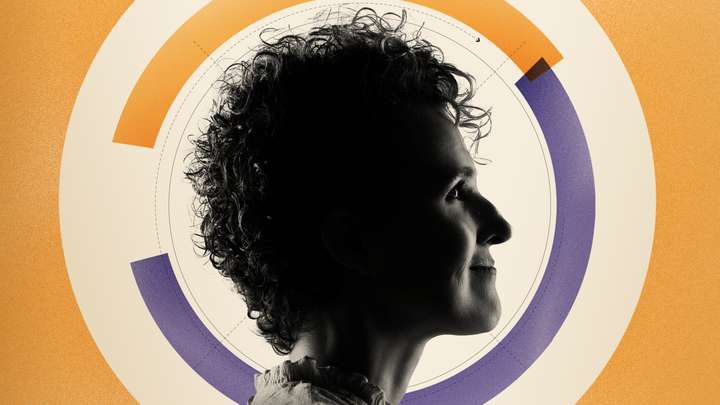
Teaching Civics in Trump Era, CO Poisoning Antidote, Optimism
Top of Mind with Julie Rose - Season 1, Episode 475
- Jan 25, 2017 7:00 am
- 101:18
Teaching Civics During the Trump Era Guest: Brent Chowen, PhD, Professor in the School of Education, BYU Today’s American high schoolers will come of voting age during the presidency of Donald Trump and that will influence their political ideals, as well as their perceptions of how democracy works. Every president leaves an imprint on voters in that way. High school history and civics teachers will shoulder much of the burden in helping the Trump Generation place current events into context. Let’s consider what tools and techniques they have at their disposal. Predicting Gentrification Guest: Keren Horn, PhD, Assistant Professor of Economics, University of Massachusetts, Boston People choose to live in a neighborhood for lots of reasons – the cost of housing, the quality of the schools, the proximity to work or play options. So what’s going on when wealthy, educated people who could afford to live anywhere opt for an inner-city neighborhood their parents would have considered too sketchy to live? Famous Instruments Have Lives of Their Own Guest: Eric Hansen, MA, Professor of Double Bass, Director of Young Ambassadors, BYU Certain musical instruments, perhaps a particular Stradivarius violin or Gibson guitar, become famous because of an unusually rich sound—and because of the people who have played them. One such instrument was recently here at BYU, the Karr-Koussevitzky double bass. It was no easy task to get it here, and it came with a rich history, including a ghost story and a touching reunion. Apple Seed Guest: Sam Payne, Host of BYUradio’s “The Apple Seed” Sam Payne joins us in the studio to shares tales of tellers and stories. CO Poisoning Antidote Guest: Mark Gladwin, MD, Director of the Vascular Medicine Institute, University of Pittsburgh School of Medicine Thousands of people every year are sent to the emergency room as a result of carbon monoxide poisoning, often from a heater, generator or fireplace. Carbon monoxide is invisible – you can’t taste, smell or see it. There’s no know